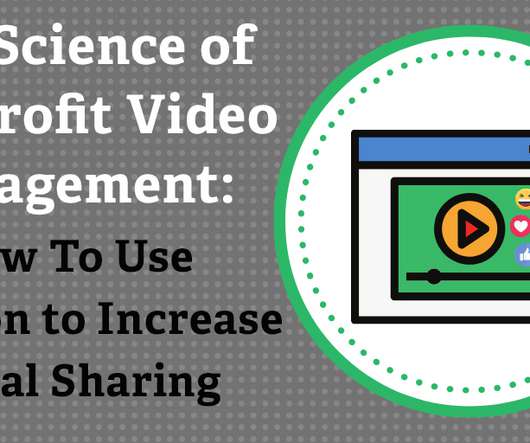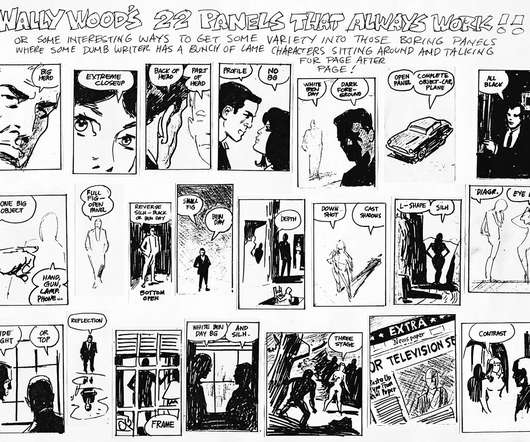The Science of Nonprofit Video Engagement: How To Use Emotion to Increase Social Sharing
Nonprofit Tech for Good
JULY 5, 2020
Their work has been featured in The New York Times, NPR, CNN and AdWeek and Doug is a guest lecturer at Stanford University on the power of storytelling for nonprofit organizations. Emotional stories of beneficiaries. But if you tell a story that makes viewers feel afraid or sad, expect more comments than shares.












Let's personalize your content